The rabbit keepers on a lava-red island

Lanzarote is known for its lava, ochre-colored nature, and the Timanfaya National Park, but its football club is also exciting. After UD Las Palmas and CD Tenerife, UD Lanzarote can be considered the most important Canarian club, both for its sportive history and its representation of an entire island. Welcome to…Lanzarote.
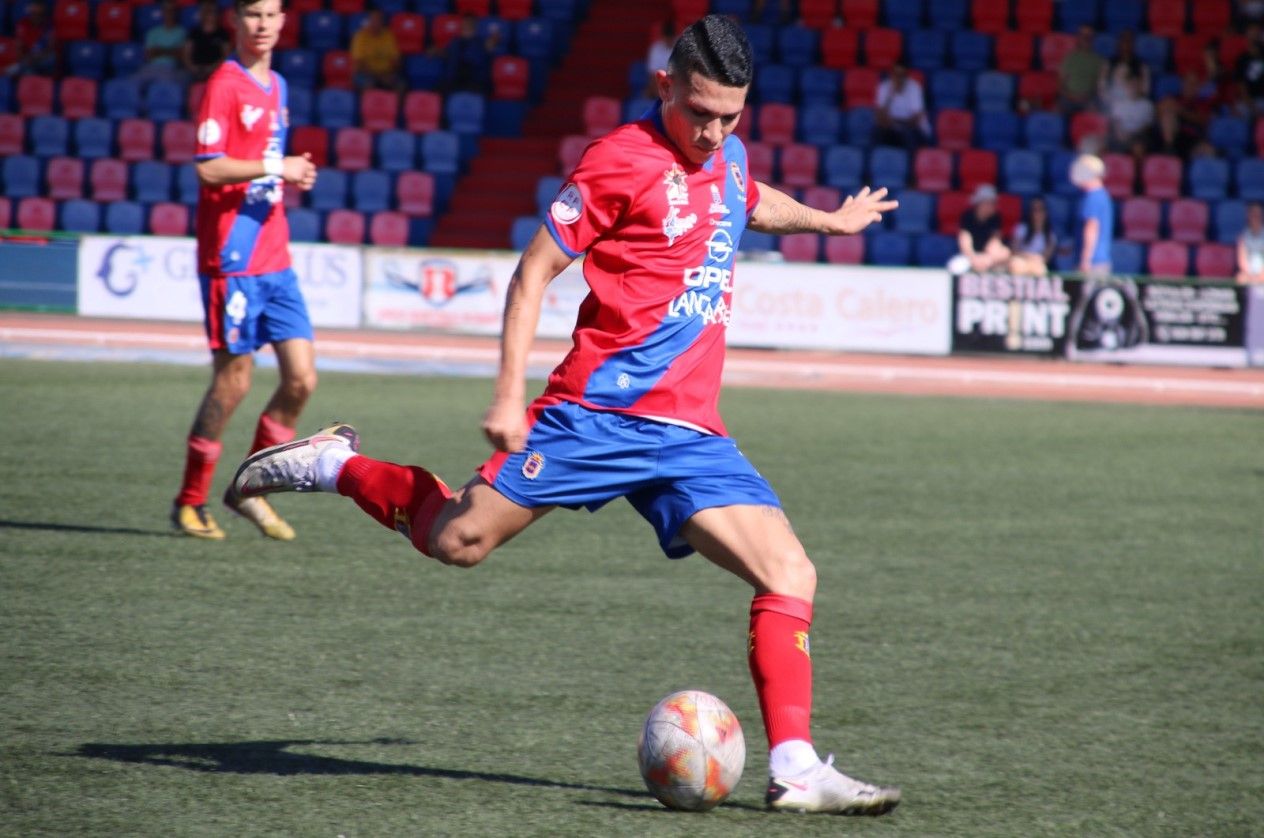
A unique island
Like every Canary Island, Lanzarote has its unique elements, and most are related to lava. Thanks to the artist and politician César Manrique, lava is implemented in many aspects of the Lanzarotan street scene, while he also introduced a cap of three floors in all newly constructed buildings on the island. Combining this with the particular nature of Lanzarote, the island’s panorama is unmatched.
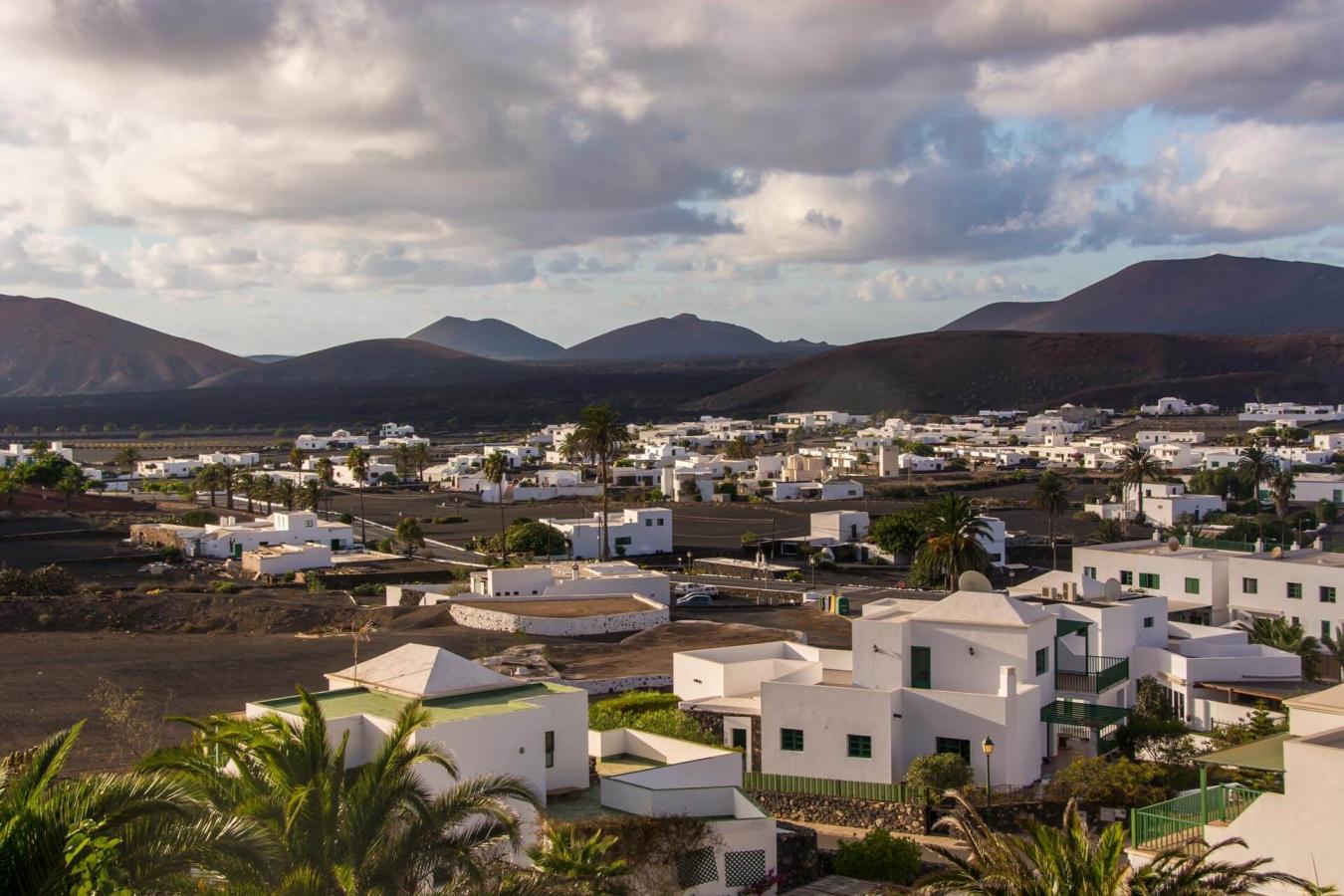
Of course, Lanzarote also has many beaches, attracting almost 3,000,000 tourists yearly. Moreover, it’s a popular second home for foreigners, particularly for those from colder European countries. Still, the island has managed to maintain its local culture, including a specific accent, traditional sports, and gastronomy.

Football in Lanzarote
Football has been a popular sport at Lanzarote for over a century, but the island did not have a representative team for decades. A group of lanzaroteños wanted to change this at the end of the 1960s, especially because tourism was growing very fast, and the island’s economy grew at the same pace. This is why several clubs from Arrecife decided to unite forces in 1970 to create Unión Deportiva Lanzarote.

Exactly ten years after its creation, Lanzarote achieved its first promotion to the Tercera División, which established the club’s status as the island’s best team. The conejeros were able to finish in high places but could not yet dream about promotion to the Segunda División B. This only happened in 1999, which caused much euphoria on the island.
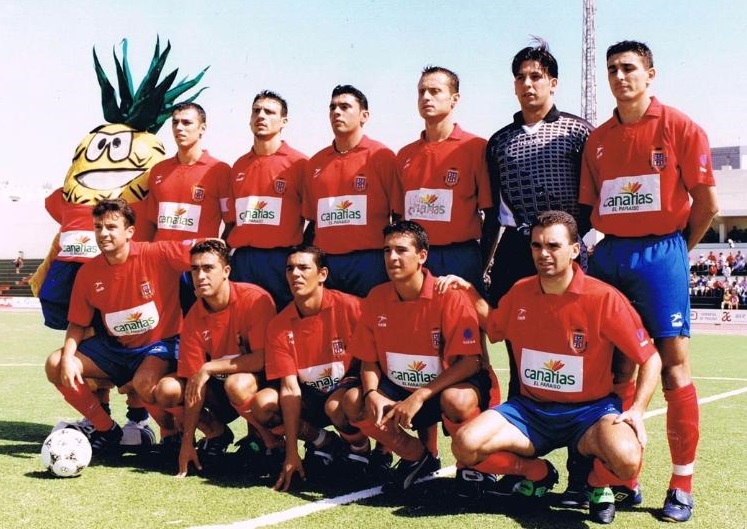
Even though the rojillos got relegated directly, they returned one year later to the bronze division and managed to stay up for an incredible amount of nine seasons. The best season in this historic period was 2003-04, when Lanzarote ended as champions of its group of the Segunda B. Sadly, the reds did not go up to the second tier, as they lost too many matches in the all-deciding mini-competition. Curiously, Lanzarote’s coach during 2003-04 was José Luis Mendilibar, who won the Europa League with Sevilla in 2023.

After Lanzarote’s relegation to the Tercera in 2010, the club would not return to the Segunda B – or at least, so far. Nevertheless, Lanzarote has played some impressive seasons in the fifth tier, for example by winning another championship. Moreover, the club has never lost its title of being the biggest club on the island.
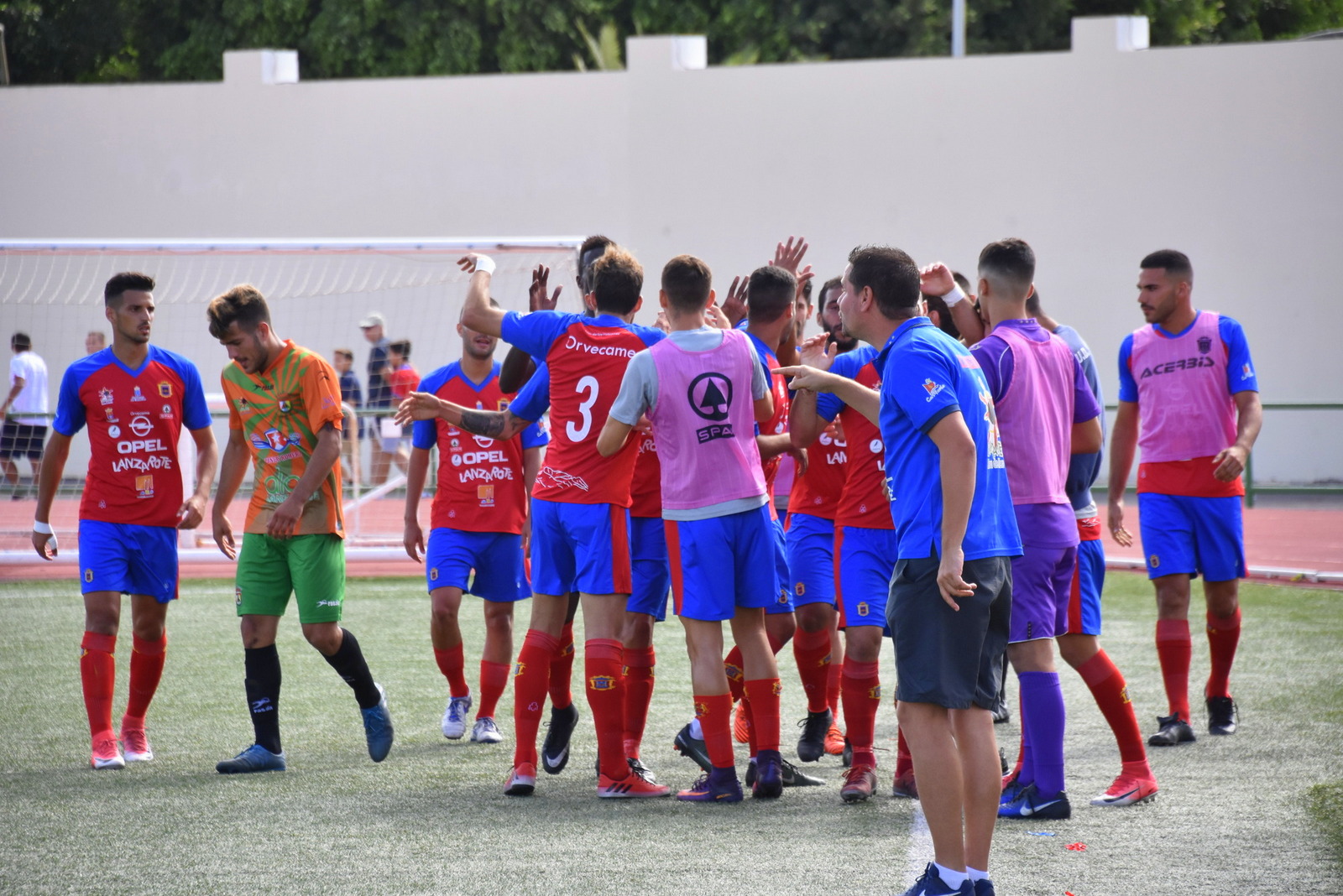
Rivalries
As Lanzarote is the island’s most supported team, there’s not really a club that can compete. However, the team does have two (minor) rivalries. The first one is with CD Orientación Marítima, one of the founding teams of Lanzarote. Since that moment, the clubs have shared one stadium, but after Orientación Marítima’s decline in the 2010s, the first teams have not played a derby against each other.
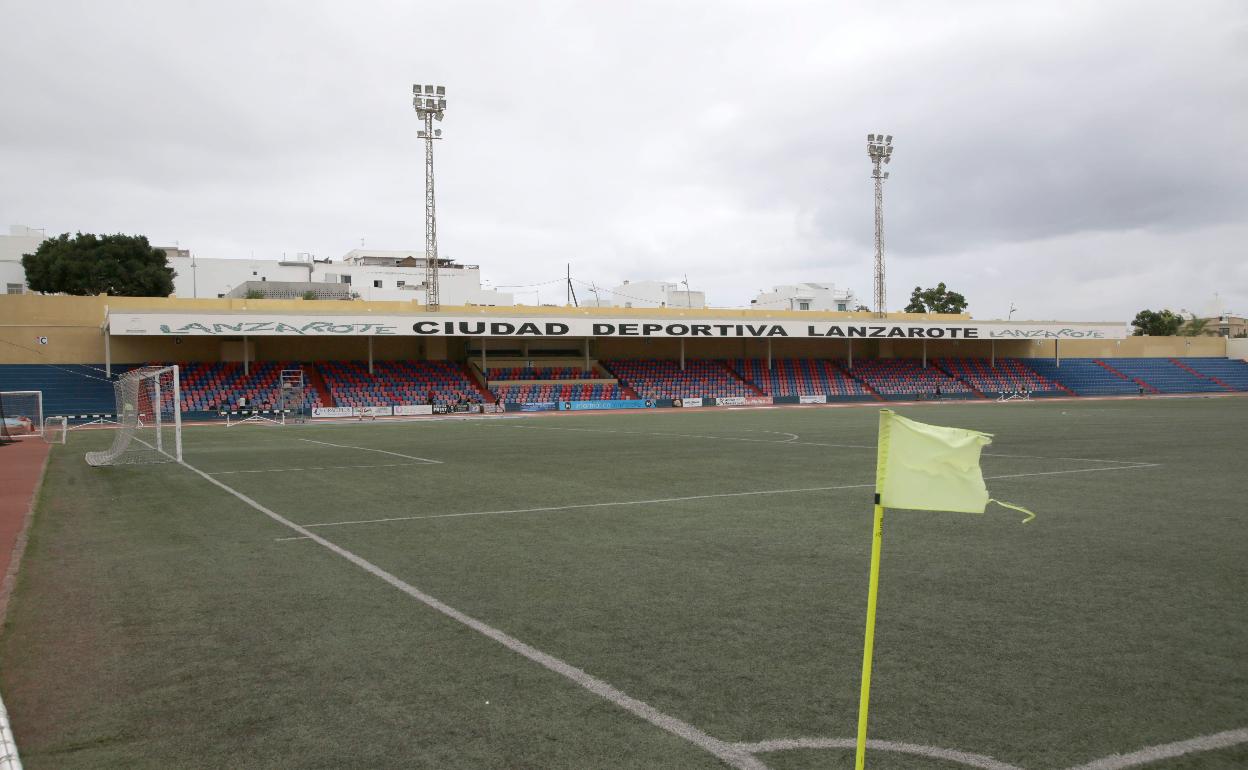
After some years without a rival on the island, a new Lanzarotan team reached the Tercera: US Yaiza. Even though Lanzarote and Yaiza are incomparable socially speaking, both teams have achieved similar results in the last years. In 2021-22, Yaiza even ended well above Lanzarote.

An honorable mention is for CD Teguise, the club that is historically the third team of the island behind Lanzarote and Orientación Marítima. Teguise played many seasons in the Tercera in the 2000s without ever coinciding with Lanzarote. Currently, Teguise is active in lower divisions.
The support
As Lanzarote is a notably big team, it’s more than logical that the team has some organized support. On the one hand, there’s the peña (a Spanish term for an organized supporters club) Trifulka, supporting the team since 2010. On the other hand, there’s British and Irish support, considering that Lanzarote is a popular second home for – primarily – Western Europeans. Curiously, a fan of the latter group, Ian Lane, became responsible for the kits of Lanzarote and even joined its board of directors.

The future
Some internal struggles have held back Lanzarote in the last years. However, when looking at aspects like fanbase or history, Lanzarote deserves a place in the Segunda Federación. The club was very close to promotion, ending 2nd in the league last season, which gives many hope to the conejeros, even though there will be other strong teams in the Tercera of 2023-24. This was…Lanzarote.

Sources
- Borchers, L. (2021). GOLAZO. Self-published.
- Borchers, L. (2022). CARA O CRUZ. Self-published.
- https://udlanzarote.com/historia/
- http://lafutbolteca.com/union-deportiva-lanzarote/
- https://mercancialanzarote.com/ (an English page, very recommendable if you want to learn more about the club)
Leave a comment